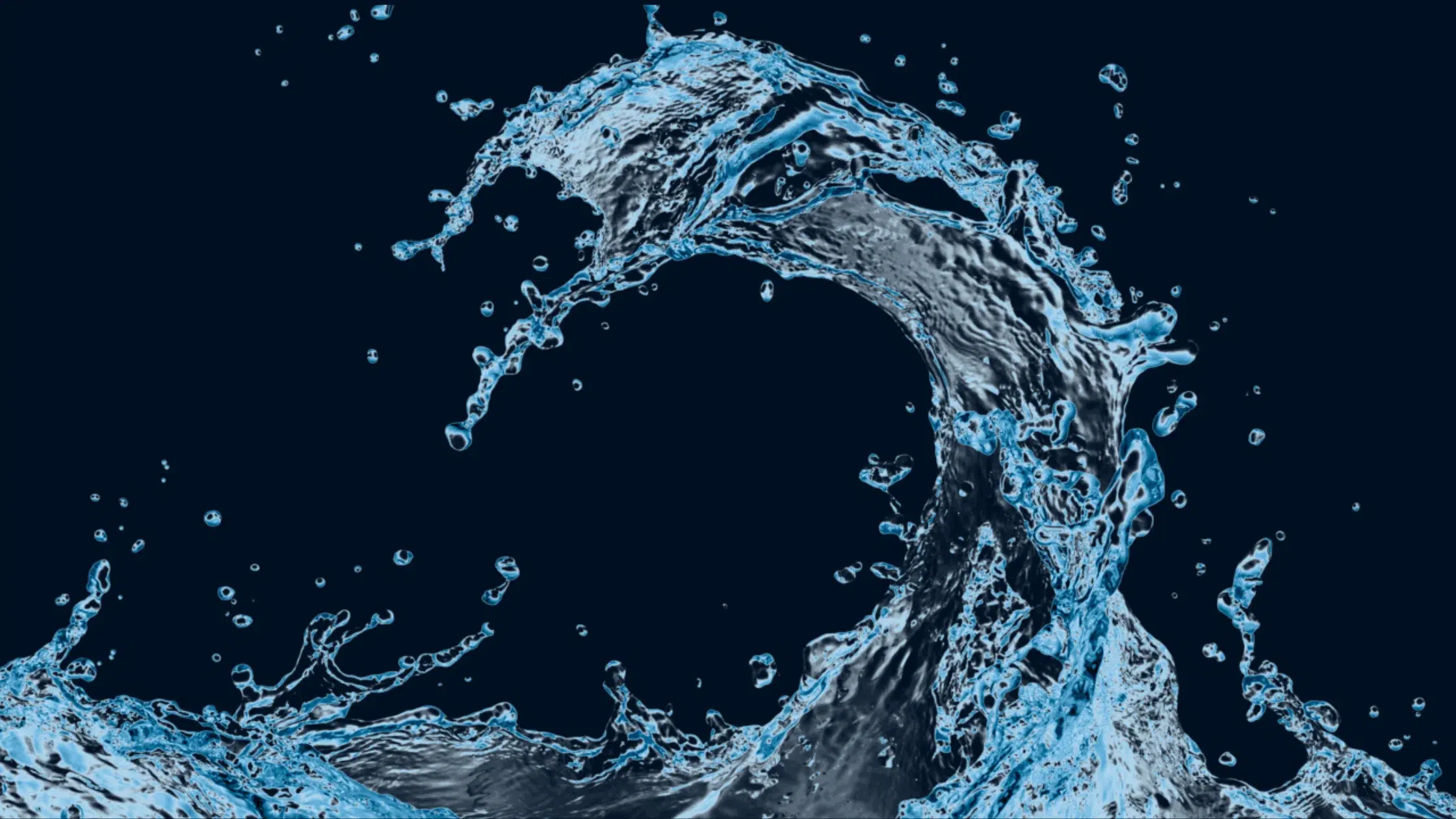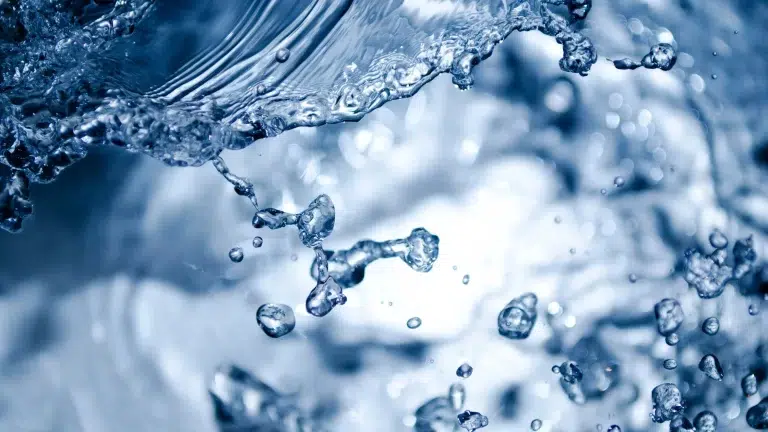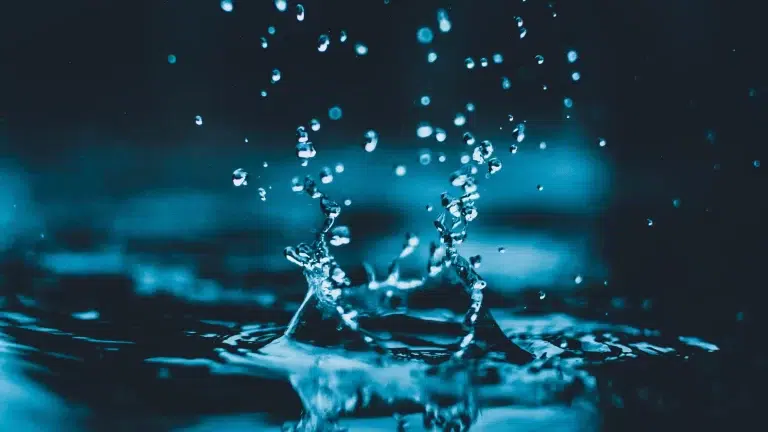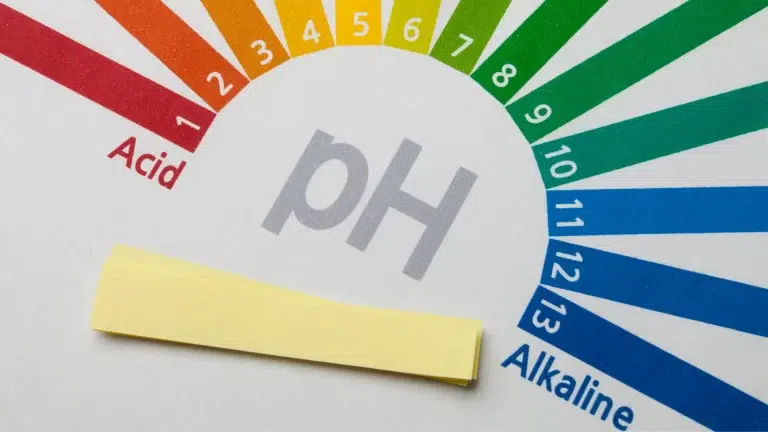SCIENCE FOR STABLE MICROCLUSTERS: THEY DO NOT EXIST
There is no valid scientific evidence for the existence of these microclusters,1,2,3 but the myth continues to be propagated because there are seven main pseudo (false) evidences for it, which are used by companies and marketers to promote their products. What follows is a brief discussion of these pseudo evidences.
PSEUDO EVIDENCE #1: NUCLEAR MAGNETIC RESONANCE (NMR)
The most commonly used piece of evidence is the results for Nuclear Magnetic Resonance (NMR),1,5 which appears to have first been used as evidence in the late 1980s.6,7 The idea is that the greater its band width, the larger the water cluster1,8 As seen in the figure 1, ionized water has a smaller bandwidth. On the surface, this looks quite convincing and has even convinced a number of doctors.9,10 However, the problem is that the bandwidths are pH dependent,11 not cluster size dependent.12 Any deviation from neutral pH in either direction will produce similar measurements.13Figure 1. Table and figure of NMR results of ionized water. The table was found in a scientific article4 discussing the observed characteristics of ionized water; however no mention of micoclusters or similar concepts were proposed. The figure is representative of what is found on many ionized water companies’ sites.
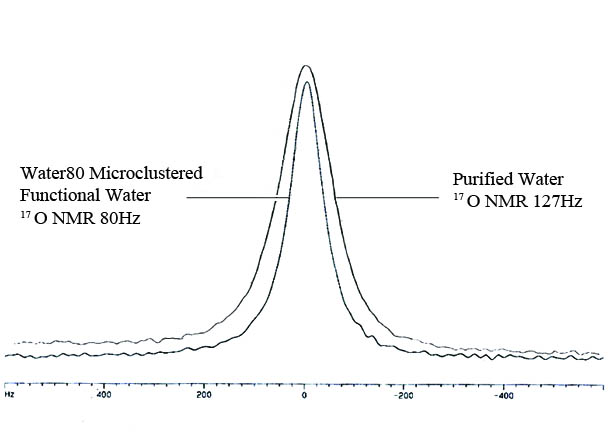
In other words, you can achieve the exact same measurements by adding alkaline chemicals (e.g. sodium hydroxide). One scientific article14 specifically stated that: “the half width of 17O-NMR spectrum depended on pH regardless of the experimental condition. Consequently it is not adequate to use the width as an index of the cluster size of water”.14 In short, NMR is a totally invalid method to measure water clusters.1
PSEUDO EVIDENCE #2: PATENTS
Many people may falsely assume that a patent is something that has passed scientific rigor and/or is even “more scientific” than a research article. However, such is not the case and there are numerous patents that contain bogus and even fallacious science. There are well over 100 different patents for micro clustered water.15 At any rate, don’t be tricked into thinking something is valid and scientific just because it has a patent.
PSEUDO EVIDENCE #3: MICROCLUSTERING & TEA?
Another claimed evidence for microclustering is the ability to make tea with alkaline ionized water16 at room temperature (see Figure 2).17 The claim is that the smaller water clusters are able to penetrate the tea bag and release its contents and this is why ionized water is more hydrating to your body because, like the tea bag, it is able to penetrate at the cellular level.17 However, if it were microclustering then why doesn’t the “microclustered” acidic water make tea?
Figure 2. Tea produced from alkaline ionized water left compared to tap water right. Notice the difference in color. Marketers falsely ascribe this to microclustering.

The reality is that the apparent ability of this water to make tea is a function of pH and the dissolved H2 gas, not microclustering18. The influence of pH on the tea is two-fold: first, i) a pH-dependent change in the color of the tea (meaning the substance changes color due to changes in the pH), and ii), an increase in the extraction ability (and rate) of some of the tea molecules because of the higher pH.
The pH-dependent color change occurs because the tea contains compounds (i.e., anthocyanins) that work as natural pH indicators just like normal pH drops22. Essentially, the alkaline water deprotonates (removal of an H+ ion) some of the tea compounds. This causes more electron-delocalization allowing the chromophores (molecules responsible for the color) to absorb and emit light 21. In other words, the alkaline water changes the structure of various tea molecules, and thus how they interact and reflect light. This results in the color change.
This is easy to demonstrate in the lab by adding sodium hydroxide to water to get to the same pH. It is clearly observed that as the pH increases the tea-like color also increases. You can also test this on your own by simply procuring some RO water (and thus slightly acidic) and trying to make tea with it for control, and then add baking soda (which will give a pH around 8) to another and compare the differences (see video below).
Another simple test you can do is to place a tea bag in just a little bit of RO water for a few minutes, and then squeeze all the water out of the tea bag. Next, add strong alkaline water (or just use baking soda) to the glass of water that the tea bag was just in. You will notice that the color becomes more “tea-like”. You could then also add acidic water (or vinegar), which like a pH indicator, will revert the water back to the original color (unless the alkaline water degraded some of the organic chromophores).
The other contributing role of the pH is due to the fact that an alkaline pH can enhance the extraction of some of the tea molecules. This makes sense when we realize that many of the compounds in the tea (catechins) are acidic19. Thus, when they react with the alkaline water, they become more soluble20 allowing them to come out of the tea bag.
In addition to the pH, we have also demonstrated that molecular hydrogen dissolved in water can enhance the phytochemical extraction of tea. You can read our article here: https://www.frontiersin.org/journals/sustainable-food-systems/articles/10.3389/fsufs.2023.1223027/full
Thus, just because microclustering does not exist does not mean that alkaline ionized water does not have any influence on tea. Indeed, this article indicates that the alkaline ionized water does influence the making of tea in three different ways. These are 1) pH-dependent changes in color, 2) pH-dependent changes in phytochemical solubility and thus extraction, and 3) the effects of dissolved H2 gas in the water on the extraction of tea components. These very real changes are explained without relying on microclustering or other alterations in water structure.
CAUTION
- If one chooses to make tea in this method, caution should be employed because it may lead to extracting some substances at levels far greater than normal23,24. In contrast, the alkaline pH may decrease the extraction rate of other desirable molecules (see: https://sciencedirect.com/science/article/abs/pii/S0963996912003766?via%3Dihub). Finally, may also destroy some of the therapeutic catechins as well25,26.
The fact that the “tea making” is a function of pH and dissolved H2 gas does not mean it cannot be used to demonstrate the properties of alkaline ionized water. Just that the demonstration cannot be used as evidence to either support or refute the micro clustering claim.
PSEUDO EVIDENCE #4: DR. JHON AND HEXAGONAL WATER
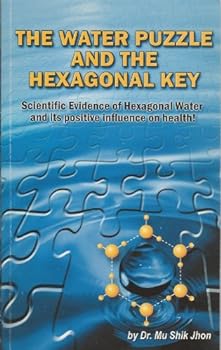
One other common “evidence” used by microcluster advocates is the book: “The Water Puzzle and the Hexagonal Key: Scientific Evidence of Hexagonal Water and Its Positive Influence on Health” by Dr. Mu Shik Jhon.
Dr. Jhon was a real scientist with many scientific publications. He was actually mentored by one of the most famous and brilliant scientists, Henry Eyring.28,29 However, Dr. Jhon’s book does not even mentions the term microclustering and it does not present evidence that water electrolysis changes the structure of water, only that drinking ionized water may have an impact on some health conditions. Since Dr. Jhon’s passing in 2004, much evidence has come to light to indicate that the benefits he and others have attributed to ionized water is likely attributed to the presence of molecular hydrogen all along.
The main thing to remember is that there is simply no evidence that: 1) you can structure water and 2) that such would actually be therapeutic as opposed to useless, or even toxic.
PSEUDO EVIDENCE #5: I CAN DRINK LARGE VOLUMES AND NOT FEEL BLOATED.
Another “evidence” of microclustering is the claim that you can drink a lot more ionized water at once without a bloating/sloshing feeling,30 which is because the smaller clusters are quickly absorbed into the body.30 Some have even gone so far as to erroneously claim that the water is absorbed into the body before it even reaches the stomach.31
These claims have never actually been studied, but it is possible that alkaline water has a faster absorption rate into systemic circulation because alkaline water has a faster gastric emptying rate32 (water going from the stomach to the intestines) than non-alkaline water.32 Also, note that water is absorbed in the intestines, not the throat, esophagus, or stomach (although a small amount may be absorbed in the stomach)33
PSEUDO EVIDENCE #6: EVERYONE TEACHES IT & BELIEVES IT.
Microclustering is taught and claimed by virtually all “healthy water” advocates.34 It is heard so often that this alone becomes “proof”. Of course, repetition of a claim is not evidence,35 but it is a common fallacy, proof by assertion or argument by repetition.35 It is also similar to the bandwagon fallacy,36 which is a fallacious argument that concludes the claim to be true because so many people believe it.36
PSEUDO EVIDENCE #7: MISINTERPRETATION OF REAL WATER CLUSTER CHEMISTRY
A non-chemist seeking to validate microclustering may go to PubMed and search for water microclusters and other related search terms and see “water clusters”37 and “microclusters”38 in the titles of many articles,39,40 even though these articles have nothing to do with the “marketed” types of microclusters—let alone alkaline water. This combined with the real science of water clusters as described initially, leads to a false sense of security that there is evidence for the claims. Perhaps this is another reason why marketers have such great success with it.

